Introduction: Understanding Carefree Delight Rose
Carefree Delight Rose, scientifically known as Rosa ‘Carefree Delight,’ is a captivating addition to any garden. This enduring beauty belongs to the Rosaceae family and boasts a shrub plant type. Let’s delve into the essential details that will guide you in nurturing these roses to perfection.
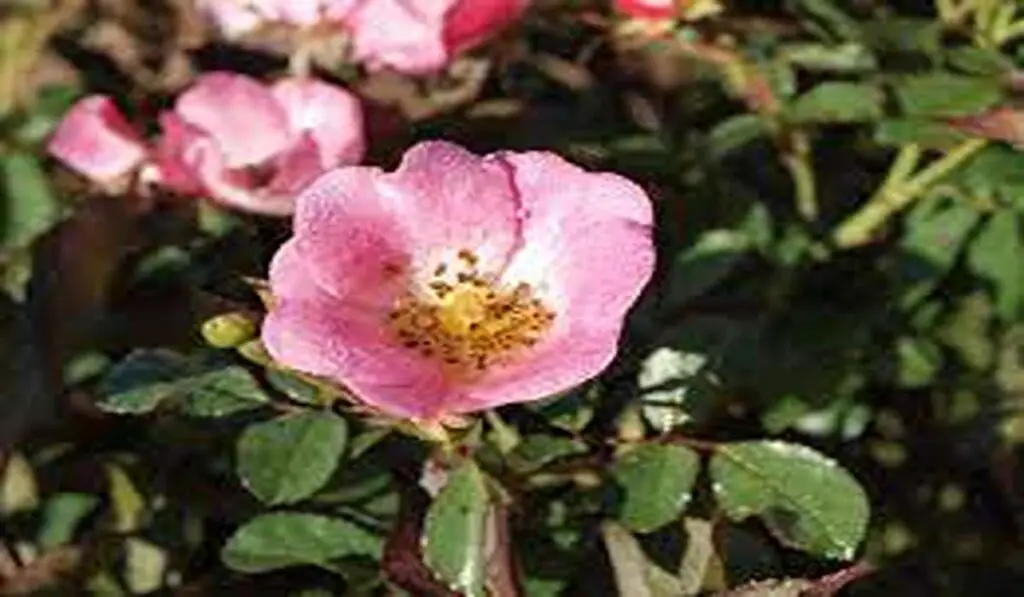
- Common Name: Carefree Delight Rose, a name that perfectly encapsulates its low-maintenance nature.
- Botanical Name: Rosa ‘Carefree Delight,’ a hybrid rose carefully cultivated for its resilience and charm.
- Family: Rosaceae, the esteemed rose family that includes a diverse range of ornamental and fruit-bearing plants.
- Plant Type: A hardy shrub that flourishes in various climates, making it an excellent choice for both novice and experienced gardeners.
- Mature Size: Expect this delightful rose to reach a height and spread of approximately 3 to 4 feet, forming a lush and compact display.
- Sun Exposure: Carefree Delight Rose thrives in full sun, requiring at least 6 hours of direct sunlight daily for optimal growth and abundant blooms.
- Soil Type: These roses are adaptable, but they prefer well-draining soil enriched with organic matter. A slightly acidic to neutral pH is ideal for their development.
- Bloom Time: Experience the joy of blossoms from late spring to early fall, ensuring an extended period of visual delight.
- Flower Color: The blooms showcase a stunning blend of coral-pink hues, adding a vibrant touch to your garden.
- Hardiness Zones: Carefree Delight Rose is well-suited for USDA hardiness zones 4 to 9, demonstrating its versatility across a range of climates.
- Toxicity: Good news for pet owners and families – these roses are non-toxic, allowing you to enjoy their beauty without worry.
Understanding these fundamental characteristics lays the foundation for successful Carefree Delight Rose care. In the following sections, we will explore the best locations for planting, precise planting techniques, and the ongoing care required to ensure these roses thrive and flourish in your garden.
Choosing the Right Location: Where to Plant Carefree Delight Rose
Selecting the optimal location for planting your Carefree Delight Roses is crucial to their overall well-being and blooming success. Follow these guidelines to ensure your roses flourish in a location that meets their needs.
Sun-Kissed Haven:
Carefree Delight Roses are sun-loving plants, and they thrive when basking in direct sunlight. Choose a location in your garden that receives at least 6 hours of sunlight per day. Ensure the area is not shaded by tall structures or trees that might hinder the sun’s rays. A south or west-facing spot is ideal for maximum exposure.
Well-Drained Soil:
These roses appreciate well-drained soil to prevent waterlogging, which can lead to root rot. Prioritize locations with soil that drains effectively, ensuring excess water doesn’t linger around the roots. Amending the soil with organic matter, such as compost, enhances its drainage capacity and provides essential nutrients.
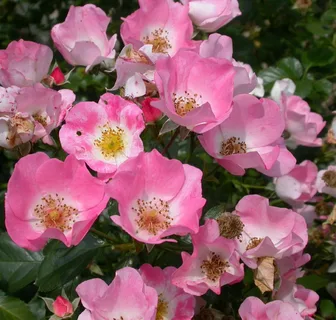
Air Circulation:
Promoting good air circulation is essential to minimize the risk of fungal diseases. Select a location where the roses won’t be overcrowded by other plants, allowing air to flow freely around them. Adequate spacing between roses also aids in preventing the spread of diseases.
Protection from Harsh Elements:
While Carefree Delight Roses are resilient, protecting them from harsh elements is beneficial. Consider planting them in a location shielded from strong winds, which can damage delicate blooms. Additionally, avoid areas prone to extreme temperature fluctuations, as these roses prefer stable growing conditions.
Accessibility for Care:
Choose a location that is easily accessible for routine care tasks such as watering, pruning, and inspecting for pests. This accessibility ensures that you can provide the necessary attention and address any issues promptly, contributing to the overall health of your Carefree Delight Roses.
By thoughtfully selecting a location that meets these criteria, you set the stage for a thriving Carefree Delight Rose garden. In the next section, we’ll explore the specific steps for planting these roses, ensuring a strong and healthy start for your beloved blooms.

Planting Procedures: How and When to Plant Carefree Delight Rose
Planting your Carefree Delight Roses with precision and timing is key to establishing healthy and vibrant plants. Let’s dive into the step-by-step procedures for planting these beautiful roses.
Timing Matters:
The timing of planting plays a crucial role in the successful establishment of Carefree Delight Roses. Aim to plant them in the early spring or late fall, avoiding periods of extreme heat or cold. This allows the plants to acclimate to their new environment without the added stress of harsh weather conditions.
Prepare the Soil:
Begin by preparing the soil in the chosen location. Carefree Delight Roses prefer well-draining soil enriched with organic matter. Incorporate compost or well-rotted manure into the soil to enhance its fertility and structure. A soil pH between slightly acidic to neutral is ideal for these roses.
Dig the Hole:
When planting, dig a hole that is twice as wide as the root ball and just as deep. This extra space allows the roots to spread out comfortably. If planting multiple roses, ensure to space them according to their mature size, promoting good air circulation.
Remove from Container:
Carefully remove the rose plant from its container, taking care not to disturb the roots excessively. Gently loosen any compacted roots before placing the plant in the center of the prepared hole.
Backfill and Water:
Backfill the hole with the excavated soil, pressing it down gently to eliminate air pockets around the roots. Water the newly planted rose thoroughly to help settle the soil and hydrate the roots. Mulch around the base of the plant to retain moisture and suppress weeds.
Support and Prune:
If your Carefree Delight Roses are tall or have multiple stems, providing support such as stakes helps prevent breakage in windy conditions. Additionally, prune the roses back slightly after planting to encourage strong, bushy growth.
Regular Watering:
Consistent watering is crucial during the initial establishment period. Water the roses regularly, especially during dry spells, to ensure the soil remains consistently moist. Once established, these roses are relatively drought-tolerant.
By following these planting procedures, you give your Carefree Delight Roses a solid foundation for growth. In the upcoming sections, we’ll explore the ongoing care needed to nurture these roses into stunning, flourishing specimens in your garden.
Essential Care Guidelines: Care After Flowering or Blooming, Light, Soil, Water, Ideal Temperature, and Humidity for Carefree Delight Rose
Caring for your Carefree Delight Roses involves a combination of attention to sunlight, soil, water, and environmental conditions. Follow these essential care guidelines to ensure your roses thrive and produce an abundance of captivating blooms.
Care After Flowering or Blooming:
Once your Carefree Delight Roses have finished blooming, it’s time to deadhead the spent flowers. This involves removing the faded blooms to encourage the plant to redirect energy towards new growth and additional blooms. Use clean, sharp pruners to make clean cuts just above a set of healthy leaves.
Light Requirements:
These roses thrive in full sunlight, so it’s essential to ensure they receive at least 6 hours of direct sunlight daily. In regions with extremely hot summers, providing some afternoon shade can help prevent stress on the plants. Adequate sunlight not only promotes robust growth but also enhances the intensity and longevity of the blooms.
Soil Preferences:
Carefree Delight Roses appreciate well-draining soil rich in organic matter. Regularly check the soil moisture levels and ensure proper drainage to prevent waterlogged conditions. Amending the soil annually with compost helps maintain fertility and supports the overall health of the plants.
Watering Tips:
Consistent and adequate watering is crucial for the well-being of Carefree Delight Roses. Water the plants deeply, ensuring that the soil is consistently moist but not waterlogged. Consider using a drip irrigation system or soaker hoses to deliver water directly to the base of the plants, minimizing the risk of fungal diseases.
Ideal Temperature and Humidity:
These roses are well-suited for a variety of climates, but they particularly thrive in regions with stable temperatures. While they can tolerate a range of temperatures, it’s essential to protect them from extreme conditions. Adequate air circulation helps prevent humidity-related issues, making it crucial to avoid overcrowding plants.
By following these care guidelines, you provide your Carefree Delight Roses with the ideal conditions for growth and blooming. In the next section, we’ll explore the role of fertilizer in enhancing the overall health and vigor of these roses, ensuring they remain a stunning focal point in your garden.
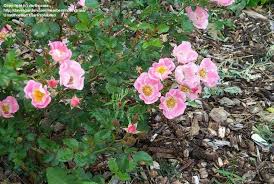
Nutrient Management: Fertilizing Carefree Delight Rose
Proper fertilization is a key aspect of caring for your Carefree Delight Roses, ensuring they receive the essential nutrients for robust growth and prolific blooming. Follow these guidelines to effectively manage the nutrient needs of your roses.
Choosing the Right Fertilizer:
Selecting the appropriate fertilizer is crucial for the health of your Carefree Delight Roses. Opt for a balanced, all-purpose fertilizer with a formulation like 10-10-10 or 14-14-14. These ratios provide a well-rounded mix of nitrogen, phosphorus, and potassium, supporting overall plant health and flower production.
When to Fertilize:
Commence fertilization in early spring as the plants begin to break dormancy. Follow up with additional applications during the growing season, typically in late spring and early summer. Avoid fertilizing in late summer to prevent stimulating new growth that may not have sufficient time to harden before winter.
Application Technique:
Apply the fertilizer evenly around the base of the Carefree Delight Roses, extending to the drip line. Gently scratch the fertilizer into the top inch of soil, being cautious not to damage the shallow roots. Water the plants thoroughly after fertilizing to facilitate nutrient absorption.
Organic Alternatives:
For those inclined towards organic gardening practices, consider using well-rotted manure, compost, or organic rose fertilizers. These options provide a gradual release of nutrients and contribute to the overall health of the soil.
Micro-Nutrient Boost:
In addition to the primary nutrients, Carefree Delight Roses benefit from the inclusion of micronutrients like iron, manganese, and zinc. Consider using a fertilizer with added micronutrients or applying a specific micronutrient supplement to address any deficiencies.
Avoid Over-Fertilizing:
While fertilizing is crucial, it’s equally important not to over-fertilize, as this can lead to excessive growth and reduce the plant’s resilience. Follow the recommended dosage on the fertilizer packaging and monitor the plants for any signs of stress.
By incorporating these nutrient management practices into your care routine, you provide your Carefree Delight Roses with the nourishment they need for vigorous growth, abundant blooms, and overall plant vitality. In the upcoming sections, we’ll delve into specific care practices such as pruning, propagation, and container gardening for these delightful roses.
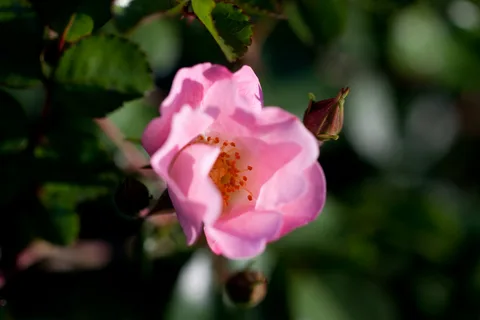
Varieties and Cultivars: Types of Carefree Delight Rose
Exploring the diverse varieties and cultivars within the Carefree Delight Rose family allows you to add unique colors, shapes, and characteristics to your garden. Each type brings its own charm and personality, enhancing the overall appeal of your floral landscape.
Carefree Delight Varieties:
- Carefree Delight (Rosa ‘Carefree Delight’): The classic variety featuring vibrant coral-pink blooms and a compact, bushy growth habit. Known for its disease resistance and low-maintenance nature.
- Carefree Wonder (Rosa ‘Carefree Wonder’): A delightful variation with soft pink blossoms that fade to white, creating a captivating two-tone effect. This variety also exhibits excellent disease resistance.
- Carefree Spirit (Rosa ‘Carefree Spirit’): This cultivar showcases deep pink blooms and a vigorous growth habit. It’s a favorite for its continuous flowering throughout the growing season.
- Carefree Sunshine (Rosa ‘Carefree Sunshine’): Adding a touch of warmth, this variety features golden-yellow blooms that stand out in any garden. Its disease-resistance and compact form make it a popular choice.

Choosing the Right Variety:
Selecting the ideal Carefree Delight Rose variety depends on your preferences, climate, and garden aesthetics. Consider factors such as bloom color, plant size, and disease resistance when making your choice. Mixing different varieties can create a visually appealing and dynamic garden display.
Caring for Different Varieties: While the basic care principles apply to all Carefree Delight Roses, each variety may have specific preferences or characteristics. Be attentive to the unique needs of the chosen varieties, adapting your care routine accordingly. Regular inspection and prompt action against any signs of pests or diseases ensure the continued health of your rose collection.
Creating a Diverse Rose Garden:
Integrating various Carefree Delight varieties into your garden adds diversity and visual interest. Combine them with other types of roses, companion plants, and decorative elements to design a garden that reflects your style.
In the next section, we’ll explore the art of pruning Carefree Delight Roses, a crucial aspect of maintaining their shape, promoting healthy growth, and maximizing blooming potential.
Shaping and Maintaining: Pruning Techniques for Carefree Delight Rose
Pruning is an art that contributes significantly to the health, shape, and blooming prowess of your Carefree Delight Roses. By employing proper pruning techniques, you not only enhance the aesthetic appeal of the plants but also encourage robust growth and abundant flower production.
When to Prune:
The timing of pruning is crucial for Carefree Delight Roses. The ideal period for major pruning is late winter or early spring before new growth begins. During this dormant phase, the plants are more resilient to pruning, and it stimulates vigorous growth once the growing season starts.
Tools for Pruning:
Invest in a set of sharp, clean pruning shears or secateurs for precise cuts. For thicker branches, use loppers, and for removing dead or diseased wood, a pruning saw is handy. Keeping your tools sharp minimizes stress on the plants and ensures clean cuts.
Pruning Goals:
- Shape and Size: Maintain the desired shape and size of your Carefree Delight Roses by selectively pruning branches. This helps control their growth and prevents overcrowding.
- Deadheading: Remove spent flowers regularly to encourage continuous blooming throughout the season. Deadheading redirects energy toward new bud development.
- Disease Management: Prune away any diseased or dead wood to prevent the spread of infections. Dispose of the pruned material away from the garden to avoid contamination.
Pruning Steps:
- Remove Dead or Diseased Wood: Start by cutting out any dead or diseased branches at their base. Make clean cuts just above healthy, outward-facing buds.
- Shape the Plant: Trim back unruly or overly long branches to maintain the desired shape. Cut at a 45-degree angle just above an outward-facing bud.
- Encourage Air Circulation: Thin out the center of the plant to promote better air circulation. This reduces the risk of fungal diseases and encourages healthy growth.
- Height Control: If your Carefree Delight Roses are growing too tall, prune them back to a desirable height. Again, cut just above an outward-facing bud.
- Regular Deadheading: Throughout the growing season, remove spent flowers by cutting just above a set of healthy leaves. This encourages continuous blooming.
After-Pruning Care:
After pruning, provide your roses with a thorough watering and a balanced fertilizer application to support new growth. Monitor the plants for any signs of stress or disease and take corrective action promptly.
By incorporating these pruning techniques into your Carefree Delight Rose care routine, you contribute to the overall health and beauty of your garden. In the next section, we’ll explore propagation methods for those eager to expand their rose collection.
Propagation Methods: Growing Your Carefree Delight Rose Family
Expanding your Carefree Delight Rose collection or sharing the beauty with friends and family becomes an exciting possibility through propagation. Whether you prefer the simplicity of cuttings or the rewarding process of seed propagation, these methods allow you to nurture new generations of these captivating roses.
Propagation by Cuttings:
- Select Healthy Stems: Choose healthy, disease-free stems for your cuttings. Opt for stems with a thickness similar to that of a pencil.
- Prepare the Cutting: Cut a 6-8 inch section of the stem at a 45-degree angle just below a leaf node. Remove any flowers or buds, leaving only a few leaves at the top.
- Rooting Hormone Application: Dip the cut end of the stem in rooting hormone to encourage the development of roots. Shake off excess powder to avoid over-application.
- Plant in Potting Mix: Insert the cutting into a pot filled with a well-draining potting mix. Water the soil thoroughly and cover the pot with a plastic bag to create a humid environment.
- Root Development: Place the pot in a warm, bright location but away from direct sunlight. After a few weeks, check for root development by gently tugging on the cutting. Once roots are established, transplant the new plant into the garden.
Seed Propagation:
- Harvesting Seeds: Collect seeds from mature Carefree Delight Rose hips in the fall after they have ripened to a red or orange color. Extract the seeds from the hip.
- Stratification Process: To simulate winter conditions, place the seeds in a plastic bag with a moistened paper towel. Seal the bag and refrigerate it for about 8-12 weeks. This process, known as stratification, prepares the seeds for germination.
- Sowing Seeds: After stratification, sow the seeds in seed trays filled with a seed-starting mix. Cover the seeds lightly with the mix and water them gently.
- Germination and Transplanting: Place the trays in a warm location with indirect sunlight. Once the seeds germinate, transplant the seedlings into individual pots. Allow them to grow and develop before transplanting them into the garden.
Division Propagation:
- Choose a Healthy Plant: Select a mature and healthy Carefree Delight Rose for division.
- Dig and Divide: In the early spring or late fall, dig up the rose bush and carefully divide it into sections using a sharp shovel or knife. Each section should have its own set of roots.
- Planting Divisions: Replant the divided sections in prepared soil, ensuring they are at the same depth as they were before. Water thoroughly.
Care for Propagated Plants:
Regardless of the method chosen, provide consistent care to propagated plants. Water them regularly, especially during the initial establishment phase. Once they are well-established, incorporate them into your standard Carefree Delight Rose care routine.
Propagation opens up exciting possibilities to share the beauty of Carefree Delight Roses and expand your garden with new, thriving additions. In the upcoming section, we’ll explore the world of container gardening for these roses, offering flexibility and versatility in their display.
Container Gardening: Potting and Repotting Carefree Delight Roses
Container gardening provides a versatile and space-efficient way to cultivate Carefree Delight Roses, allowing you to enjoy their beauty on patios, balconies, or any area with limited garden space. Proper potting and periodic repotting are crucial for ensuring the health and vitality of roses grown in containers.
Selecting the Right Container:
- Size and Depth: Choose a container that provides ample space for the roots to grow. A pot with a diameter of at least 18 inches and a similar depth is suitable for a single Carefree Delight Rose.
- Material: Opt for containers made of durable materials like plastic, ceramic, or concrete. Ensure the chosen material provides adequate insulation against extreme temperatures.
- Drainage Holes: Select containers with drainage holes to prevent waterlogging, a common issue in container gardening. Good drainage ensures the roots receive oxygen and reduces the risk of root rot.
Potting Carefree Delight Roses:
- Potting Mix: Use a high-quality, well-draining potting mix enriched with organic matter. This provides the necessary nutrients while ensuring proper drainage.
- Planting Depth: Place the Carefree Delight Rose in the center of the container, ensuring the graft union (if applicable) is just above the soil level. Fill the container with potting mix around the roots and water thoroughly.
- Watering in Containers: Container-grown roses may require more frequent watering than those in the ground. Monitor the soil moisture regularly, and water when the top inch of the soil feels dry.
Fertilizing Container Roses:
- Balanced Fertilizer: Container-grown roses benefit from regular fertilization. Use a balanced, water-soluble fertilizer with a formulation like 10-10-10 or 14-14-14.
- Frequency: Apply fertilizer every 4-6 weeks during the growing season, following the recommended dosage on the packaging. Cease fertilization in late summer to allow the plants to enter dormancy.
Repotting Carefree Delight Roses:
- Signs for Repotting: If you notice reduced growth, diminished blooms, or roots emerging from the drainage holes, it’s time to consider repotting. Typically, repot every 2-3 years to refresh the soil and provide more space for root expansion.
- Repotting Procedure: Choose a slightly larger container for repotting. Gently remove the Carefree Delight Rose from its current container, untangle any circling roots, and place it in the new container with fresh potting mix.
- Water and Care: Water the repotted rose thoroughly and monitor its progress. Resume regular care practices to support its recovery and growth in the new container.
Container gardening offers the flexibility to showcase Carefree Delight Roses in various settings, allowing you to enjoy their beauty in spaces beyond traditional garden beds. In the final section, we’ll address common pests and diseases, providing guidance on identifying and managing potential issues to keep your roses healthy and vibrant.
Guarding Against Threats: Common Pests & Plant Diseases for Carefree Delight Rose
While Carefree Delight Roses are renowned for their resilience, it’s essential to be vigilant against potential threats from pests and diseases. Identifying and promptly addressing these issues ensures the continued health and beauty of your roses.
Common Pests:
- Aphids: These tiny, sap-sucking insects can distort new growth and transmit diseases. Use a strong stream of water or insecticidal soap to control aphid infestations.
- Spider Mites: These microscopic pests thrive in hot, dry conditions and can cause stippling on leaves. Regularly spray the undersides of leaves with water to deter spider mites.
- Japanese Beetles: Identified by their metallic green bodies, Japanese beetles can skeletonize leaves. Handpick them or use insecticides labeled for their control.
- Rose Chafers: These beetles feed on rose flowers and foliage. Handpick them or apply neem oil to deter their presence.
- Thrips: Thrips cause stippling and discoloration on leaves. Insecticidal soap or neem oil can be effective against these pests.
Common Diseases:
- Black Spot: Identified by circular black spots on leaves with yellowing around the edges. Use fungicidal sprays or choose disease-resistant rose varieties.
- Powdery Mildew: A white, powdery substance on leaves signals powdery mildew. Prune affected areas, improve air circulation, and apply fungicides as needed.
- Rust: Identified by orange-red spots on leaves. Remove and destroy infected leaves, and use fungicides if the problem persists.
- Botrytis Blight: This gray mold thrives in cool, damp conditions. Prune affected stems, improve air circulation, and avoid overhead watering.
Preventive Measures:
- Regular Inspections: Conduct frequent inspections of your Carefree Delight Roses, checking both the upper and lower surfaces of leaves for signs of pests or diseases.
- Proper Watering: Water at the base of the plants in the morning to allow foliage to dry during the day, reducing the risk of fungal diseases.
- Pruning Practices: Prune to maintain good air circulation, removing any dead or diseased wood promptly. Dispose of pruned material away from the garden.
- Disease-Resistant Varieties: Consider planting disease-resistant rose varieties, including certain types of Carefree Delight Roses, to minimize the risk of infections.
- Natural Predators: Encourage natural predators like ladybugs and lacewings to help control aphid populations. Planting companion plants like marigolds and garlic can also deter pests.
By incorporating these preventive measures and promptly addressing any signs of pests or diseases, you can safeguard your Carefree Delight Roses, ensuring they continue to thrive and grace your garden with their vibrant blooms. With the right care, these resilient roses will reward you with years of beauty and enjoyment.
Conclusion
In conclusion, nurturing and enjoying the beauty of Carefree Delight Roses involve a holistic approach encompassing proper planting, ongoing care, and vigilant protection against potential threats. From selecting the ideal location and mastering the art of pruning to exploring propagation methods and embracing the versatility of container gardening, each aspect contributes to the overall health and vitality of these delightful roses. By adhering to essential care guidelines, choosing suitable varieties, and actively preventing common pests and diseases, gardeners can create a thriving haven of Carefree Delight Roses that graces their outdoor spaces with vibrant colors and captivating fragrances. With a commitment to these practices, the journey of cultivating and maintaining Carefree Delight Roses becomes a rewarding and enduring endeavor, offering a perennial source of joy and natural beauty in your garden landscape.

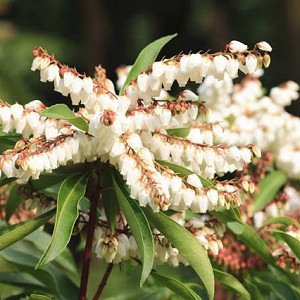


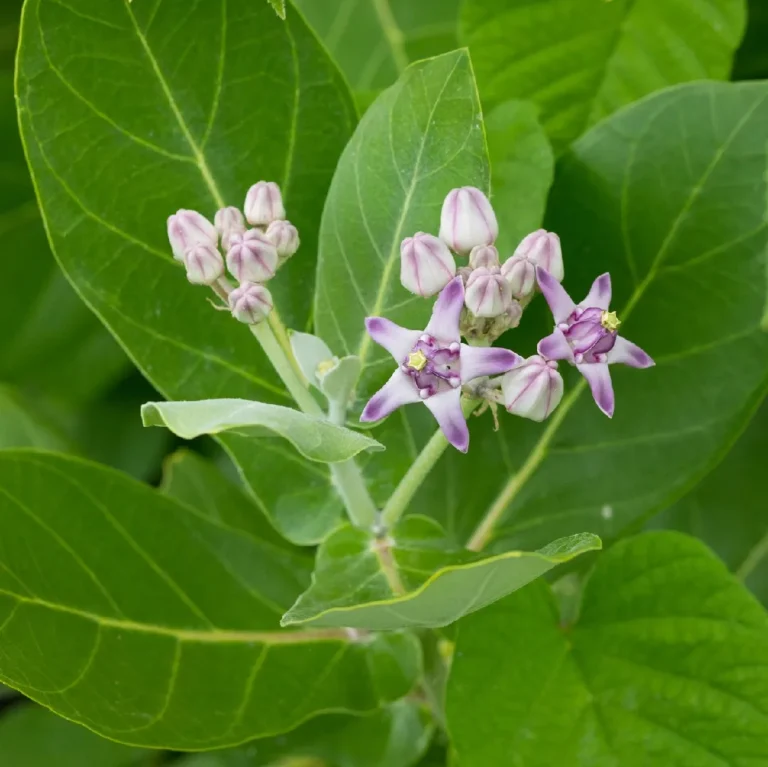

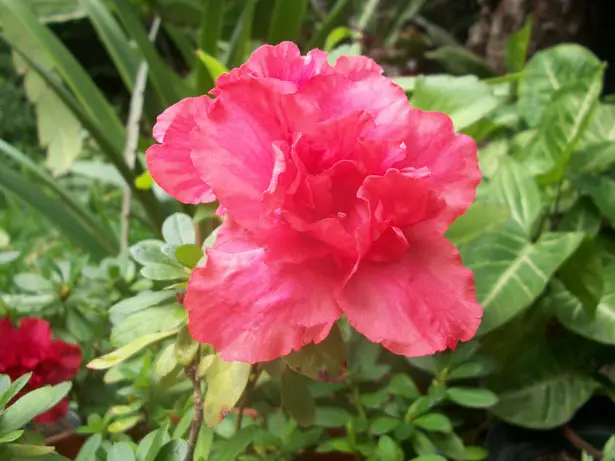

An intriguing read with a fresh perspective.